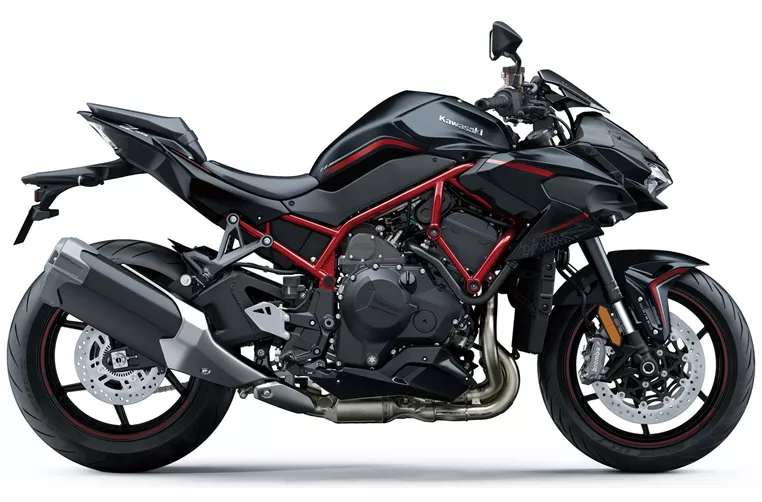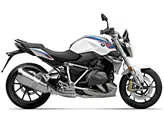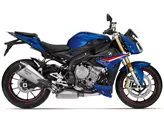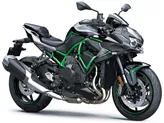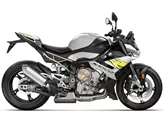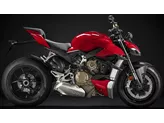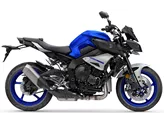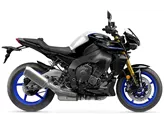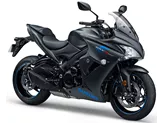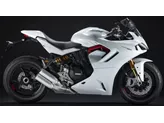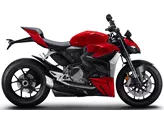Kawasaki Z H2 2020 vs. BMW S 1000 R 2017
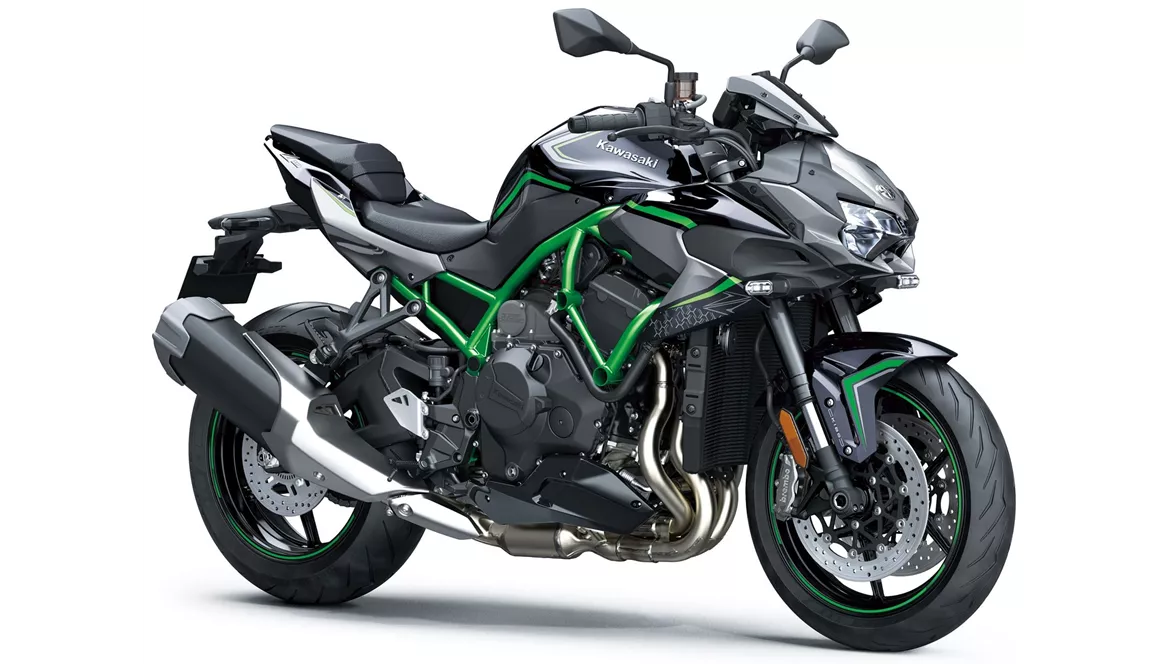
Kawasaki Z H2 2020

BMW S 1000 R 2017
Overview - Kawasaki Z H2 2020 vs BMW S 1000 R 2017
The Kawasaki Z H2 2020 and the BMW S 1000 R 2017 are both powerful naked bikes with similar engine types, fuel systems, and cooling systems. However, there are several differences between the two models.
In terms of engine power, the Kawasaki Z H2 2020 takes the lead with 200 HP, while the BMW S 1000 R 2017 offers 165 HP. This makes the Z H2 more powerful and provides a thrilling riding experience. The Z H2 also has a higher torque of 137 Nm compared to the S 1000 R's 114 Nm, giving it more acceleration and responsiveness.
Both bikes have four cylinders and a displacement of around 1000ccm, providing a smooth and balanced power delivery. They also feature upside-down telescopic forks for the front suspension and swing arm with a monoshock for the rear suspension, ensuring a comfortable and controlled ride.
In terms of chassis, the Kawasaki Z H2 2020 has a steel frame, while the BMW S 1000 R 2017 features an aluminum frame. This may result in slight differences in weight and handling characteristics, with the steel frame potentially providing a more stable and rigid feel.
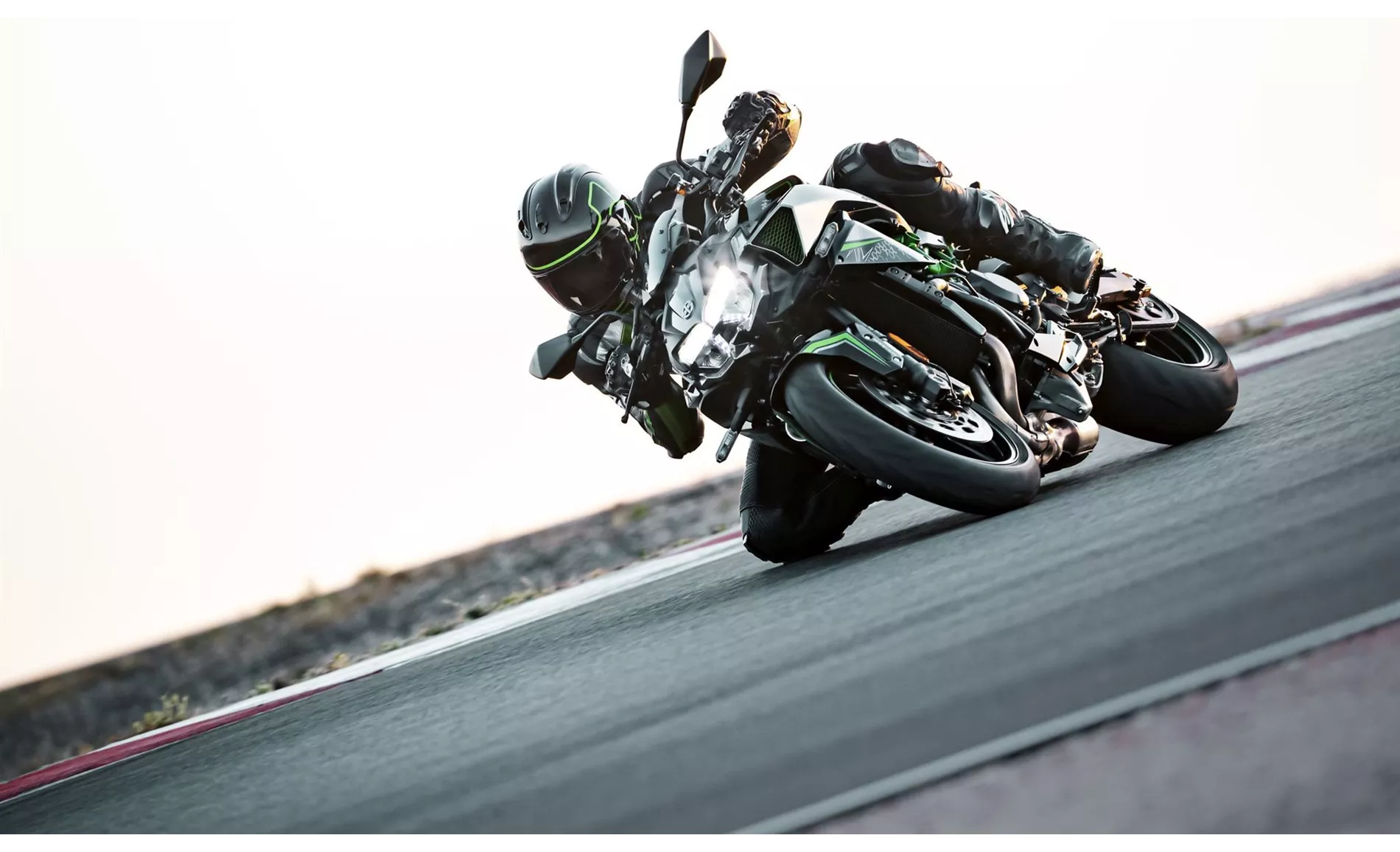
Kawasaki Z H2 2020
Both bikes have double disc brakes at the front with four pistons, ensuring excellent stopping power. The Z H2's front brakes also feature radial monoblock technology, which enhances braking performance and control. The BMW S 1000 R 2017, on the other hand, boasts very powerful brakes, providing confidence-inspiring stopping power.
When it comes to rider assistance systems, the Kawasaki Z H2 2020 offers a wide range of advanced features, including ABS, riding modes, cornering ABS, launch control, ride by wire, quickshifter, traction control, and anti-wheelie. The BMW S 1000 R 2017, on the other hand, is equipped with dynamic suspension, which helps optimize the bike's performance and handling.
In terms of dimensions and weights, the Kawasaki Z H2 2020 has a slightly longer wheelbase of 1455mm compared to the BMW S 1000 R 2017's 1439mm. The Z H2 also has a higher seat height of 830mm compared to the S 1000 R's 814mm. However, the BMW S 1000 R 2017 is lighter, with a kerb weight of 205kg compared to the Z H2's 239kg.
Both bikes have similar tire widths and diameters, providing good traction and stability. The Z H2 has a larger fuel tank capacity of 19 liters, while the S 1000 R has a capacity of 17.5 liters.

BMW S 1000 R 2017
In terms of strengths, the Kawasaki Z H2 2020 stands out for its incomparable engine power, easy control, pleasant seating position, high riding comfort, stable handling, and carefree everyday riding experience. The BMW S 1000 R 2017, on the other hand, is praised for its best shift assistant, powerful engine, great sound, excellent handling, wide range of equipment options, powerful brakes, and semi-active suspension.
However, the Kawasaki Z H2 2020 does have a few weaknesses, including a quickshifter that may have slow interventions and a suspension strut that can become spongy during sporty riding. The bike also lacks exclusive components, which some riders may expect given its exclusivity.
The BMW S 1000 R 2017, on the other hand, has original equipment tires that may not be of the highest quality, and its seating position on the racetrack is considered inactive by some riders.
Overall, both the Kawasaki Z H2 2020 and the BMW S 1000 R 2017 are impressive naked bikes with their own strengths and weaknesses. The Z H2 offers unparalleled power and comfort, while the S 1000 R provides a versatile and well-equipped riding experience.
Technical Specifications Kawasaki Z H2 2020 compared to BMW S 1000 R 2017
Pros and Cons in comparison
Pros and Cons in comparison
Kawasaki Z H2 2020
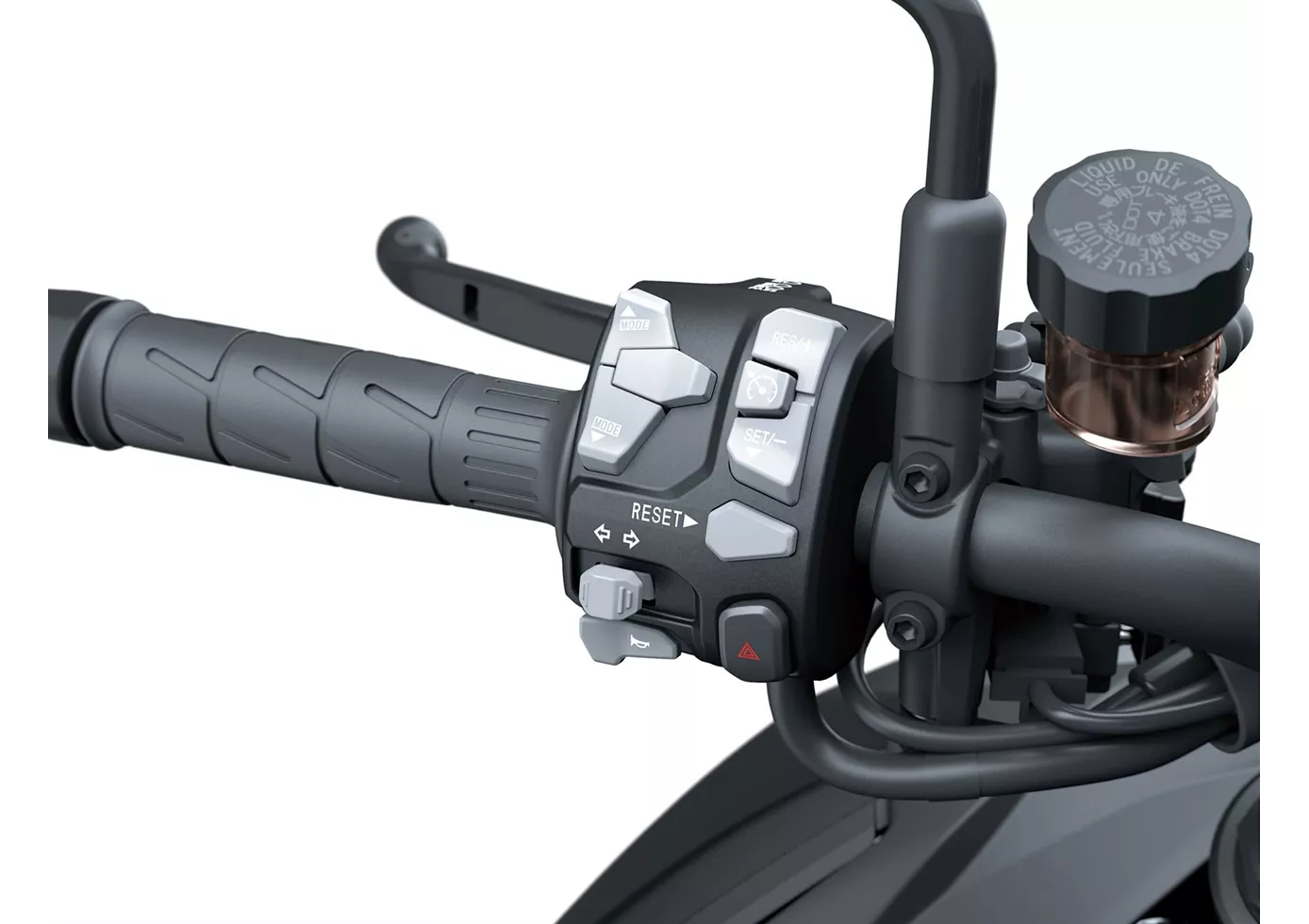
The fascinating power unit of the Kawasaki not only inspires as a motif for quartet cards or at the regulars' table. The engine is made for practical use. In the saddle of the bike, you can enjoy the thrust in every situation. Commands from the throttle are implemented directly, intensively but also controllably. However, the bike is not an athletic sportsman but a beefy naked bike. It always scores when sovereignty and power are required.
BMW S 1000 R 2017

BMW's universal talent also got better in 2017. The BMW offers the widest range of use and an exceptionally cultivated engine, a perfect gearbox and the best shift assistant in the field. It drives simply but quickly. You sit rather low in the vehicle.
Price Comparison Avarage Market Price Kawasaki Z H2 vs BMW S 1000 R
There are a few key differences between a Kawasaki Z H2 2020 and a BMW S 1000 R 2017. In terms of price, the actual average price of a Kawasaki Z H2 2020 is about 18% higher. Compared to BMW S 1000 R 2017 there are less Kawasaki Z H2 2020 bikes available on the 1000PS.de Marketplace, specifically 10 compared to 22. It takes less time to sell a BMW S 1000 R with 97 days compared to 148 days for the Kawasaki Z H2. Since model year 2020 1000PS.de editors have written 14 reviews for the Kawasaki Z H2 and 62 reviews for the BMW S 1000 R since model year 2014. The first review for the Kawasaki Z H2 was published on 10/10/2019 and now has more than 82,500 views. This compares to more than 17,300 views for the first review on BMW S 1000 R published on 11/3/2013.
